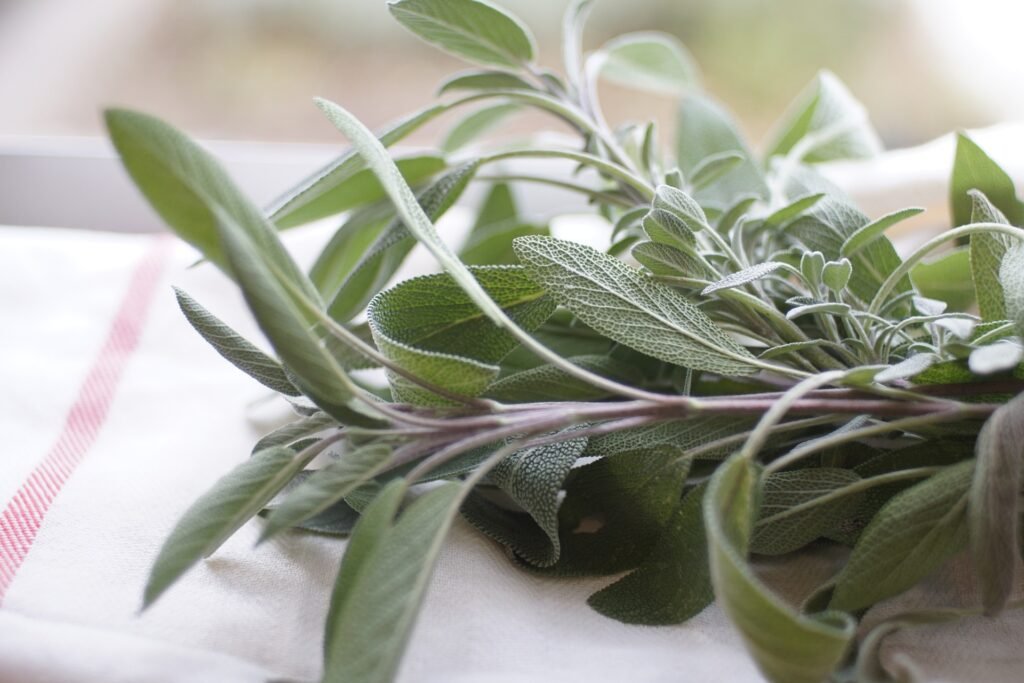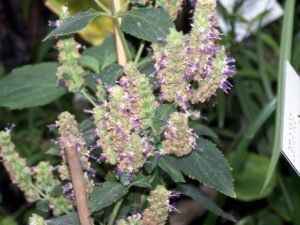Introduction
Embark now on an authoritative exploration of sage incense. This guide will excavate its multifaceted dimensions—from its deeply ingrained history in ritualistic traditions to its intricate aromatic profile. We delve not merely into antiquity but also into contemporary science, dissecting both the substantiated and the mythical health benefits of this venerable herb. Consider this your definitive manual to the enigmatic universe of sage incense, a fragrance that endures across epochs and hints at untapped benefits.
Let the journey commence. Our quest aims to unearth the essence, significance, and contemporary relevance of this aromatic marvel. You’re entering the world of sage incense—a realm where timelessness and fascination converge. Prepare for enchantment.
Table of Contents
What is Sage Incense?
Wrapped around a world of synthetic fragrances and essences, the ancient magic of natural smells—sage incense—remains uncanny. But what sets it apart in such a heady market of odors? What is it in this herb-infused smoke that doesn’t merely make it smell good but is an experience in itself? This section tries to gain insight into these questions, into the basics, the ingredients, and the rich composition that makes sage incense more than just a bundle of burning herbs. Get ready for the aromatic awakening; let’s get down to brass tacks.
Defining Incense
Decoding Incense: Incense is crudely explained as burning fragrant smoke. Its origin was in antiquity for everything from religious ceremonies to aromatherapy and neutralization of odor; thus, its essence defies mere explanation. The selection of raw materials, the most intricate methods of preparation, and even nuances of its combustion process bestow every variety of incense with unique attributes.
Elemental Components: Incense is a composition made from a rather versatile palette of materials, which includes tree resin like frankincense, essential oils such as lavender, and herbs like sage. Each constituent adds its particular olfactory signature, burn time, and, some would assert, specific health benefits.
Incense Categories: Sage incense comes in a variety of forms: sticks, cones, and loose leaves; each provides a different experience. For an in-depth explanation of incense types, refer to the section later in this comprehensive guidebook.
Sage as an Ingredient
Definition of Sage: Salvia, popularly called sage, is a diverse genus comprising several different species. More than accidents of cooking—what gives your dressing its traditional taste on Thanksgiving Day—sage has a history steeped in medicinal and ritual uses.
Varieties of Sage: Of the varieties of sage, White Sage (Salvia apiana) is considered the king for incense purposes, as it possesses a strong aroma. In all actuality, there are additional species besides White Sage, such as Garden Sage (Salvia officinalis), and even the more unusual Pineapple Sage (Salvia elegans), which also provide their specific contribution to different fragrances.
Sage’s Incense Ascendancy: Sage has made a name for itself as an incense ingredient owing to its complex aromatic matrix and versatility. While having a strong, earthy smell, independent in its own right, it can also interface well with an entire range of other scents. As an accompaniment to this, its historical use in purification rituals imbues sage with a transcendent, spiritual dimension when used in incense.
Sage Incense Composition
Main ingredients: Sage incense is not just sage. Most of the time, there is some sort of structural base, often bamboo sticks. For fragrance, natural resins and oils are combined with the botanical matter. In some blends, you may even find notes from other herbs or spices. These additional elements make for a complex scent experience.
Combine with Other Scents: As the scent of sage is overpowering, several subtle and stronger fragrances will work well with it. As described before, sage and lavender is one calming combination, whereas sage and cedar together make a more intoxicating, outdoorsy scent of nature. Combinations are almost endless, therefore versatile for anyone looking to tailor their unique aromatic experience.
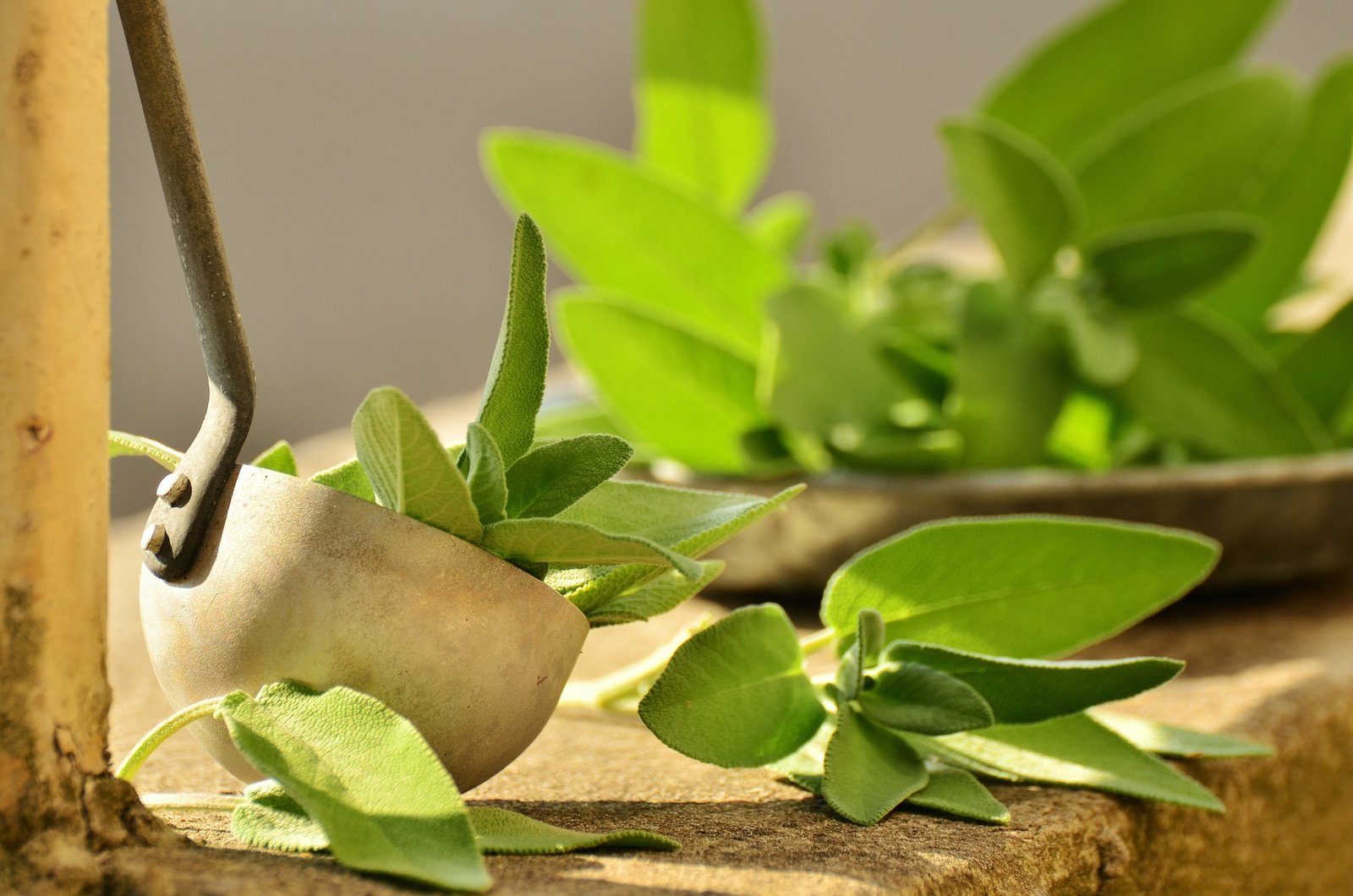
The Benefits of Sage Incense
When we talk about the benefits of sage incense, it’s easy to get lost in poetic musings and ancient folklore. However, the advantages of this time-honored aromatic are not merely anecdotal or relegated to esoteric circles. We’re entering a realm where spirituality meets science, where thousands of years of human experience intersect with modern research. Prepare to look beyond the ethereal smoke as we examine the tangible, well-documented benefits of sage incense. From enhancing your physical well-being to uplifting your spiritual consciousness, the advantages are far more multifaceted than most people realize.
Unlocking the Potentials of Sage’s Fragrant Power
When you light a stick of sage incense, you’re doing more than filling a room with pleasant aromatics—you’re tapping into an ancient legacy of holistic benefits that extend far beyond olfactory pleasure. In this next segment, we will sift through the smokescreen to unveil what contemporary science and age-old wisdom say about the multi-faceted benefits of sage incense. From physical health to spiritual well-being, prepare to be enlightened on how this humble herb packs a potent punch.
Physical Benefits
Antimicrobial Properties: Sage incense has been studied for its potential to purify the air. Sage smoke has been shown to have antimicrobial properties, capable of neutralizing bacterial and viral elements to some degree.
Respiratory Health: Though one must always be cautious about smoke inhalation, some proponents suggest that the compounds in sage smoke can act as bronchodilators, opening up airways and easing respiration.
Relaxation and Stress Reduction: Many users claim that the scent of sage has a calming effect on the mind and body, potentially aiding in stress reduction.
Mental and Emotional Benefits
Enhanced Focus and Cognitive Function: Preliminary research has suggested that the compounds in sage can support cognitive functions such as attention, memory, and even mood.
Emotional Balance: The aromatic properties of sage have also been used in aromatherapy to induce a sense of emotional balance and calmness.
Spiritual and Energetic Benefits
Space Clearing: In many spiritual traditions, sage incense is used for ‘clearing’ or ‘cleansing’ a space energetically, effectively resetting the emotional and spiritual environment.
Spiritual Connectivity: Many people use sage incense as an aid in meditation or spiritual practices, claiming that its scent helps establish a deeper connection to spiritual or metaphysical realms.
Cultural and Ritualistic Uses: From Native American ceremonies to modern pagan practices, the use of sage for spiritual and ritualistic purposes spans across various cultures and traditions.
Scientific Backing
What Research Says: Though much of the knowledge about sage’s benefits comes from traditional uses and anecdotal evidence, there is growing scientific research aimed at understanding its actual impact on health and well-being.
Skeptical Views: Note that many people strongly believe in sage’s benefits, but rigorous scientific evidence doesn’t universally support these claims. Like any holistic practice, experiences can differ from person to person.
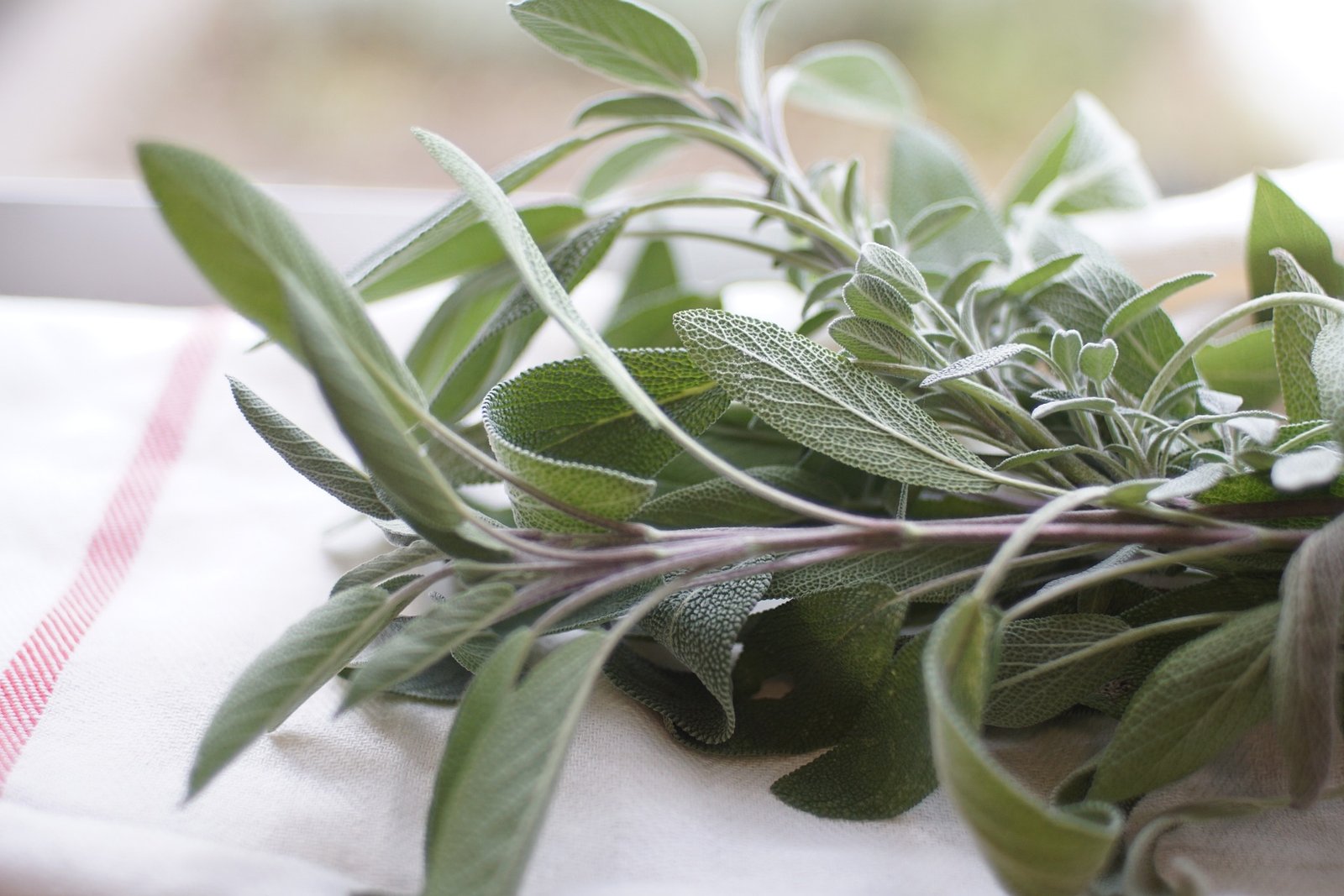
The History of Sage Incense
Following the aromatic trail of the sage incense, we must realize that this is not some fad but rather heritage—a ritualistic practice adopted by various forms of culture through the ages. Consider it a thread sewn into the grand tapestry of human civilization. This realization alone can truly enlighten our present experience with sage incense. This chapter describes the chronicles of the ancient aromatic. We follow the path it takes through a great number of civilizations and spiritual practices, helping us understand its development into the complex phenomenon we know today.
Tracing the Smoke Trails of an Ancient Tradition
Before we delve into the cultural tapestries that have been colored by sage incense, it’s crucial to grasp the immense timeline we are dealing with. The history of sage incense doesn’t just span decades or centuries; it traverses millennia, crossing cultural, geographical, and even religious boundaries. Whether it is a Native American sage smudging ritual or the use of sage in traditional Chinese medicine, this herb and its aromatic applications have left indelible marks on human history. In this section, we’re not just lighting a stick of incense; we’re lighting a torch that will illuminate the corners of history where sage has left its aromatic signature.
The Early Beginnings: Sage in Antiquity
Sage in Ancient Civilizations: Sage was not just a latecomer to the herbal scene. Historical records, including texts from the ancient Egyptians and Greeks, mention the use of sage for various applications, from culinary uses to medicinal remedies.
The Spiritual Context: Beyond the physical, sage has also been ascribed spiritual importance. In ancient Rome, sage was considered sacred and was used in religious ceremonies. This sanctity of sage set a precedent for its inclusion in spiritual rituals for centuries to come.
Native American Rituals: The Art of Smudging
Sage Smudging Ritual: One of the most famous uses of sage in a variety of religious and spiritual contexts comes from Native American traditions. Smudging is a term that describes the action that produces smoke with cleansing properties from the burning of sage. This has been a staple in many Native American cultures for generations.
Cultural Significance: Smudging with sage is not simply because a nice scent is produced. To many Native American tribes, this is a sacred ritual that purifies spaces, objects, and even people.
Modern Adaptation: One should underline that as much as it finds its place in modern spirituality, smudging is truly a cultural practice deeply seated in Native American history. If you do decide to incorporate sage smudging into your practices, it is highly necessary that this be done respectfully and in an informed way with recognition of its place of origin.
Sage in Eastern Traditions
Chinese Medicine: Sage has a long history in Traditional Chinese Medicine where it’s known for its properties that relate to longevity and vitality.
Sage in Buddhism and Hinduism: In the East, sage is not as prominently used as in Native American or Western traditions, but it still finds a place in certain spiritual rituals, often blended with other incense materials like sandalwood or frankincense.
The Modern Resurgence
A New Age Renaissance: In the modern era, sage has experienced a resurgence, especially among New Age circles. It’s used for everything from yoga and meditation to chakra cleansing, becoming a staple in the spiritual wellness toolkit of many.
Scientific Exploration: As sage makes its modern comeback, it’s not just spiritual enthusiasts who are taking notice. Scientists and researchers are also beginning to explore the potential health benefits of sage, some of which we will delve into later in this guide.
The Aromatic Profile
Smudging with sage will fill your room with much more than aromatic smoke. Sage incense comes in a variety of scents, each more complex than the last, and in one stick or cone may be found a symphony of smells. These notes strike a harmonious balance, touching different parts of one’s senses. Let’s understand what gives it such an intriguing and layered fragrance. Well, we are going to take a glimpse at the chemical components responsible for its distinctive aroma and take a look at how each note contributes to the grand symphony of sage incense.
Unlocking the Mysteries of Sage’s Unique Fragrance
It’s a smell that needs no introduction—to anyone who has ever lit a stick of sage incense, that is—earthly and otherworldly, potent yet soothing, an aroma that almost seems to vibrate back and forth between the earthly realm and the metaphysical one. But what, precisely, is this mysterious smell composed of? What chemical components give it its distinctive fragrance? Why does it affect our senses the way that it does? This section looks closely at the aromatic profile of sage incense from a sensual, chemical, and hedonic perspective. Fasten your seat belts, olfactory aficionados; we’re in for a sensory ride rivaling none.
Identifying the Notes
Top Notes: When you first light a stick of sage incense, the immediate scent that wafts through the air belongs to the top notes. These are often the lighter, more volatile components that provide an initial burst of aroma.
Middle Notes: As the incense continues to burn, the middle notes begin to manifest. These are the heart of the fragrance, often more rounded and less volatile than the top notes. In sage incense, you’ll likely find a warm, herbaceous quality at this stage.
Base Notes: As the smoke settles, the base notes linger, providing a lasting impression. These notes are often richer and more resinous, giving the sage its enduring earthy quality.
Chemical Constituents
Terpenes: One of the primary constituents in many plants, including sage, is a class of organic compounds known as terpenes. These are the building blocks of many essential oils and contribute to sage’s unique scent profile.
Esters and Aldehydes: Other important chemical constituents in sage include esters and aldehydes. These contribute to the complexity of sage’s aroma, adding layers that are alternately fruity, floral, and woody.
Synergistic Blends: Sage incense often includes other aromatic compounds that enhance or complement its primary scent. This synergy creates a blend that is greater than the sum of its individual parts.
The Scent Experience
Sensory Interaction: The experience of smelling sage incense is not just a matter of inhaling a pleasant aroma. It’s a multi-sensory interaction that can influence mood, evoke memories, and even trigger physiological responses.
Mood and Emotion: The aroma of sage has been associated with feelings of cleansing, renewal, and spiritual upliftment. While this is partly cultural, there’s growing scientific interest in the mood-altering effects of aromatic compounds.
Culinary Echoes: Because sage is also used in cooking, the scent of sage incense may evoke culinary memories for some, adding another layer to its sensory experience.
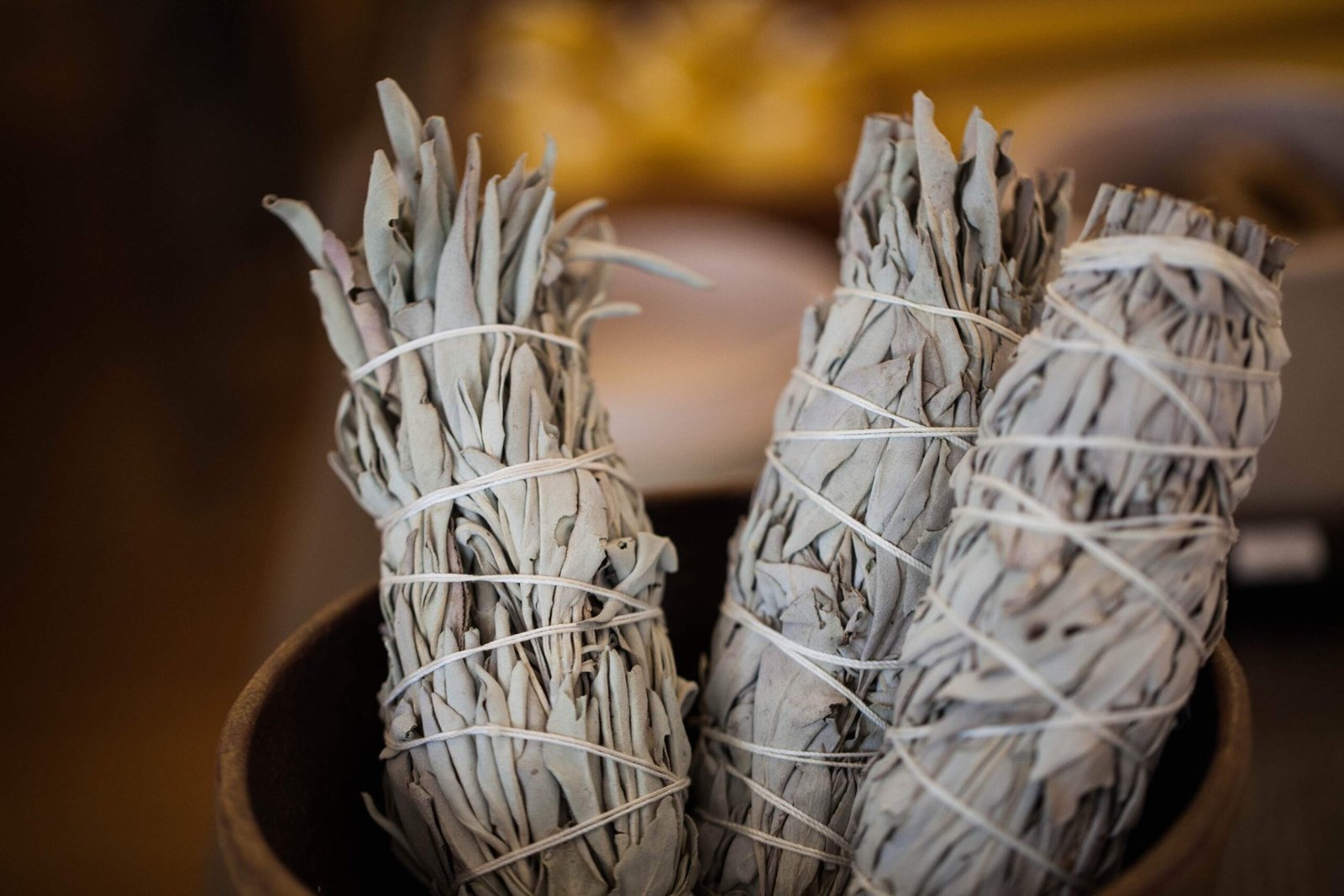
Conclusion
As we reach the end of our exploration, it’s evident that sage incense is far more than a simple aromatic pleasure. It’s a confluence of history, culture, chemistry, and holistic well-being—a true symphony that engages not just our senses but touches our soul. Sage incense, with its rich past, complex aromatic profile, and broad spectrum of purported benefits, stands as a testament to humanity’s enduring relationship with the natural world. Whether you’re a first-time user or a sage aficionado, the multifaceted nature of this ancient aromatic invites endless discovery.
Key Takeaways
Historical Legacy: Sage incense is steeped in history, playing a significant role across various cultures and spiritual practices.
Aromatic Complexity: From its top notes to its base, the aroma of sage is a complex blend of organic compounds, each contributing to its unique scent profile.
Holistic Benefits: Sage incense not only appeals to the senses but also provides various physical, mental, and spiritual benefits, some of which modern science is starting to support.
The Future of Sage Incense
Continued Research: As interest in holistic health and spirituality continues to grow, it’s likely that sage and similar aromatics will be the subject of further scientific research.
Sustainability: As sage incense grows in popularity, responsible cultivation and harvesting will become increasingly important to ensure that future generations can also experience its unique allure.
Cultural and Spiritual Relevance: Sage incense’s role in modern rituals and spiritual practices is likely to evolve, possibly incorporating new traditions and interpretations that add to its already rich tapestry.
Parting Thoughts
If there’s one thing to take away from this comprehensive guide, it’s that the story of sage incense is still being written. Each stick or cone lit adds a new note to an ever-expanding symphony, a new chapter in a tale that stretches back through millennia. As you light your next piece of sage incense, take a moment to reflect on the richness of the experience awaiting you—an experience that engages the body, captivates the mind, and elevates the spirit.
In this grand narrative, you are more than just a spectator; you’re a participant. And the smoke that spirals upwards? Consider it a fragrant manuscript, encoding the wisdom of ages past and the promise of discoveries yet to come.
Frequently Asked Questions (FAQ)
What is Sage Incense?
Sage incense is a blend of sage plant materials and traditional incense ingredients designed to release a distinct sage aroma when burned.
How Does Sage Incense Smell?
The smell of sage incense offers an earthy, herbal aroma, often enriched by secondary notes depending on complementary ingredients.
Is Sage Incense Safe?
Sage incense is generally safe when used responsibly, but it’s essential to observe fire safety measures and be aware of potential allergic reactions.
Can I Make Sage Incense at Home?
Yes, you can make sage incense at home using dried sage leaves, a binding agent like makko powder, and optionally, essential oils.
Where Can I Buy Sage Incense?
You can purchase sage incense from specialty stores focusing on wellness, online retailers, or directly from producers offering fresh and authentic products.
Sources:
https://www.sciencedirect.com/science/article/pii/S0102695X14000830?via%3Dihub


